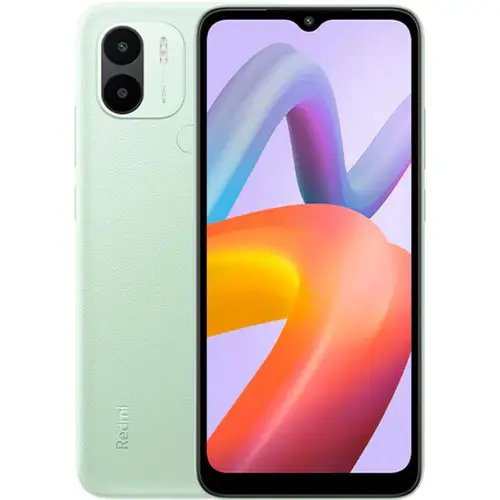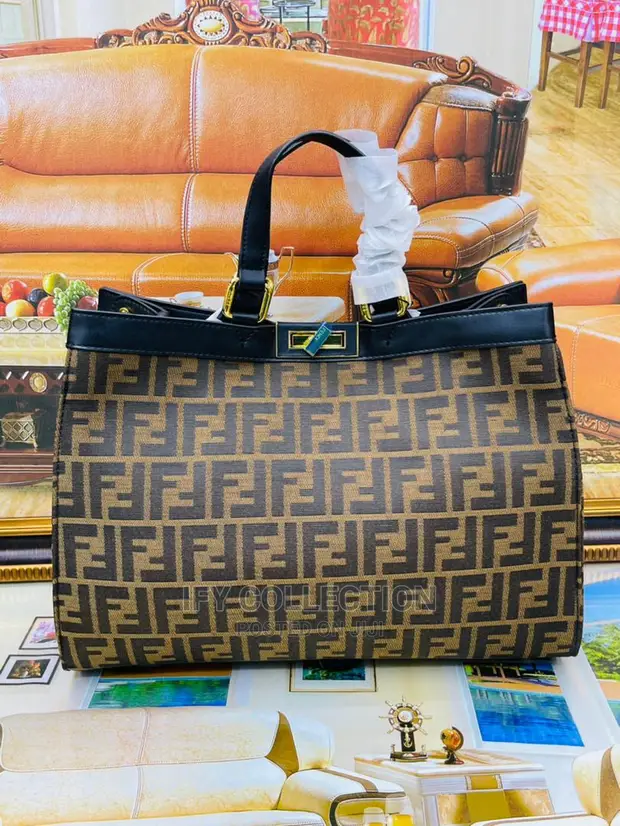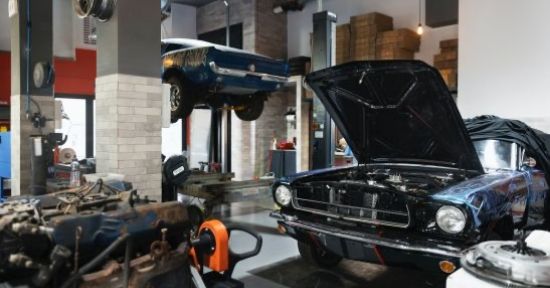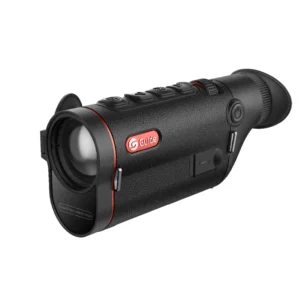In today’s professional world, the lines between formal and casual attire have blurred, giving rise to the increasingly popular smart business casual dress code. It’s the perfect balance between looking polished for the office while feeling comfortable in your clothes. However, striking the right balance can sometimes feel tricky — you want to look professional but not too stiff, stylish but not overly trendy. Here’s how you can master smart business casual without going overboard.
1. Understand the Basics of Smart Business Casual
Smart business casual is more relaxed than traditional business wear but still maintains a sense of professionalism. It’s about finding the middle ground between casual and formal, making sure you look put-together without appearing too stiff. Think tailored trousers, crisp shirts, and structured blouses, mixed with more relaxed pieces like sweaters or casual blazers.
Key Elements of Smart Business Casual:
- Tops: Button-down shirts, blouses, simple knitwear, or collared polo shirts.
- Bottoms: Tailored trousers, chinos, skirts, or well-fitted dress jeans (avoid distressed or overly casual denim).
- Footwear: Loafers, leather sneakers, ankle boots, or low-heeled shoes. Avoid sandals or overly casual shoes.
- Accessories: Minimal jewelry, structured bags, and a well-chosen belt to tie the look together.
2. Choose the Right Fabrics
Fabrics can make or break a smart business casual look. Aim for high-quality materials that offer structure and durability, without feeling too stiff or uncomfortable. Fabrics like cotton, wool blends, and tailored polyester are excellent choices for business casual outfits.
- Wool: Ideal for jackets, blazers, and trousers. It’s polished but breathable.
- Cotton: Soft and breathable, making it perfect for shirts, blouses, and light sweaters.
- Twill and Gabardine: Structured and professional, great for trousers and skirts.
Avoid overly casual fabrics like jersey or denim (unless you’re opting for dark, well-tailored jeans) as they tend to make the outfit feel too laid-back for a smart business casual environment.
3. Play with Layers
Smart business casual often relies on layers to keep the look professional and versatile. A well-fitted blazer can instantly elevate an outfit, whether it’s paired with a simple blouse and trousers or a casual knit and jeans. Opt for a blazer with a tailored fit to avoid looking too bulky, and make sure it complements the rest of your outfit in color and style.
Layering with a cardigan or smart jacket can also be an excellent choice for a relaxed, yet professional look. The key is to avoid anything too casual, like oversized sweaters or hoodies, which can detract from your polished appearance.
4. Mind Your Color Choices
While smart business casual allows for more freedom with color, it’s essential to strike the right tone. Neutral colors like navy, black, gray, and white are always safe bets. These shades are not only easy to mix and match, but they also maintain a professional appearance.
If you want to introduce some personality into your look, you can incorporate pops of color through accessories, scarves, or a patterned shirt. However, it’s best to keep the color palette balanced to avoid looking too playful or eccentric.
5. Fit is Everything
Fit is crucial when it comes to smart business casual attire. Clothes that are too tight or too loose can look sloppy, even if they are expensive or high quality. The fit should be tailored enough to offer structure but still allow for comfort and mobility.
- Tops: Make sure your shirts and blouses aren’t too tight or too baggy. A well-fitted top will always look more professional.
- Pants: Opt for trousers or chinos that fit well through the waist, hips, and thighs. They should be slim but not restrictive.
- Skirts and Dresses: Choose styles that hit at or just above the knee for a flattering and appropriate silhouette.
6. Keep Accessories Simple
Accessories can elevate an outfit, but when it comes to smart business casual, less is more. Opt for minimal and elegant pieces, like a classic wristwatch, simple earrings, or a structured handbag. The goal is to add subtle style without drawing too much attention or overwhelming the outfit.
Avoid anything too flashy, such as chunky jewelry, oversized bags, or novelty accessories. Keep it professional, streamlined, and functional.
7. Know Your Workplace Culture
The most important aspect of dressing in smart business casual is understanding the environment and the company culture you work in. Different industries and workplaces may have varying expectations of what constitutes “smart business casual.”
- In creative industries, you might have more freedom to experiment with colors, patterns, and trendy elements.
- In more traditional industries like finance or law, sticking to a neutral, tailored aesthetic is key.
Adjust your wardrobe choices accordingly, but always aim to maintain a polished and respectful appearance.
8. Maintain a Well-Groomed Look
No matter how stylish your outfit, personal grooming is the finishing touch that makes a smart business casual look truly polished. Pay attention to your hair, nails, and overall cleanliness. Well-groomed nails, styled hair, and a neat appearance will help you feel confident and ready for the day ahead.
Conclusion
Mastering the smart business casual dress code is all about balancing style, comfort, and professionalism. By focusing on fit, quality fabrics, and subtle accessories, you can create a wardrobe that allows you to look polished without feeling overdone. Remember to keep things simple and thoughtful, and tailor your choices to your work environment. With the right pieces, smart business casual can be the perfect blend of fashion and function for the modern workplace. For more tips on navigating smart business casual attire, check out the BusinessVert Guide to Smart Business Casual.
















